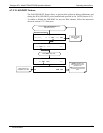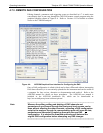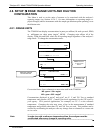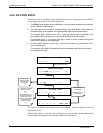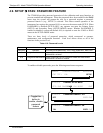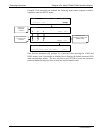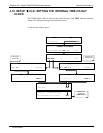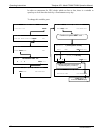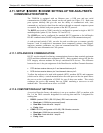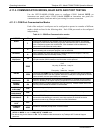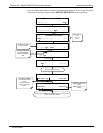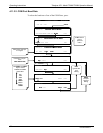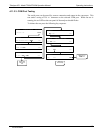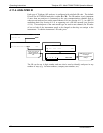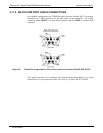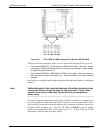
Teledyne API - Model T200H/T200M Operation Manual Operating Instructions
103
4.11. SETUP MORE COMM: SETTING UP THE ANALYSER’S
COMMUNICATION PORTS
The T200H/M is equipped with an Ethernet port, a USB port and two serial
communication (COMM) ports located on the rear panel (see Figure 3-2). Both com
ports operate similarly and give the user the ability to communicate with, issue
commands to, and receive data from the analyzer through an external computer system
or terminal. By default, both ports operate on the RS-232 protocol.
The RS232 port (used as COM1) can also be configured to operate in single or RS-232
multidrop mode (option 62; See Section 5.9.2 and 4.11.8).
The COM2
port, can be configured for standard RS-232 operation or for half-duplex
RS-485 communication (RS485 configuration disables the USB communication port).
A code-activated switch (CAS), can also be used on either port to connect typically
between 2 and 16 send/receive instruments (host computer(s) printers, data loggers,
analyzers, monitors, calibrators, etc.) into one communications hub. Contact Teledyne
API sales for more information on CAS systems.
4.11.1. DTE AND DCE COMMUNICATION
RS-232 was developed for allowing communications between data terminal equipment
(DTE) and data communication equipment (DCE). Basic terminals always fall into the
DTE category whereas modems are always considered DCE devices. The difference
between the two is the pin assignment of the Data Receive and Data Transmit functions.
DTE devices receive data on pin 2 and transmit data on pin 3.
DCE devices receive data on pin 3 and transmit data on pin 2.
To allow the analyzer to be used with terminals (DTE), modems (DCE) and computers
(which can be either), a switch mounted below the serial ports on the rear panel allows
the user to set the configuration of COM1 for one of these two modes. This switch
exchanges the receive and transmit lines on COM1 emulating a cross-over or null-
modem cable. The switch has no effect on COM2.
4.11.2. COM PORT DEFAULT SETTINGS
As received from the factory, the analyzer is set up to emulate a DCE or modem, with
Pin 3 of the DB-9 connector designated for receiving data and Pin 2 designated for
sending data.
RS232: (used as COM 1) RS-232 (fixed), DB-9 male connector.
o Baud rate: 115200 bits per second (baud).
o Data Bits: 8 data bits with 1 stop bit.
o Parity: None.
COM2: RS-232 (configurable to RS-485), DB-9 female connector.
o Baud rate: 19200 bits per second (baud).
o Data Bits: 8 data bits with 1 stop bit.
o Parity: None.
07270B DCN6512



